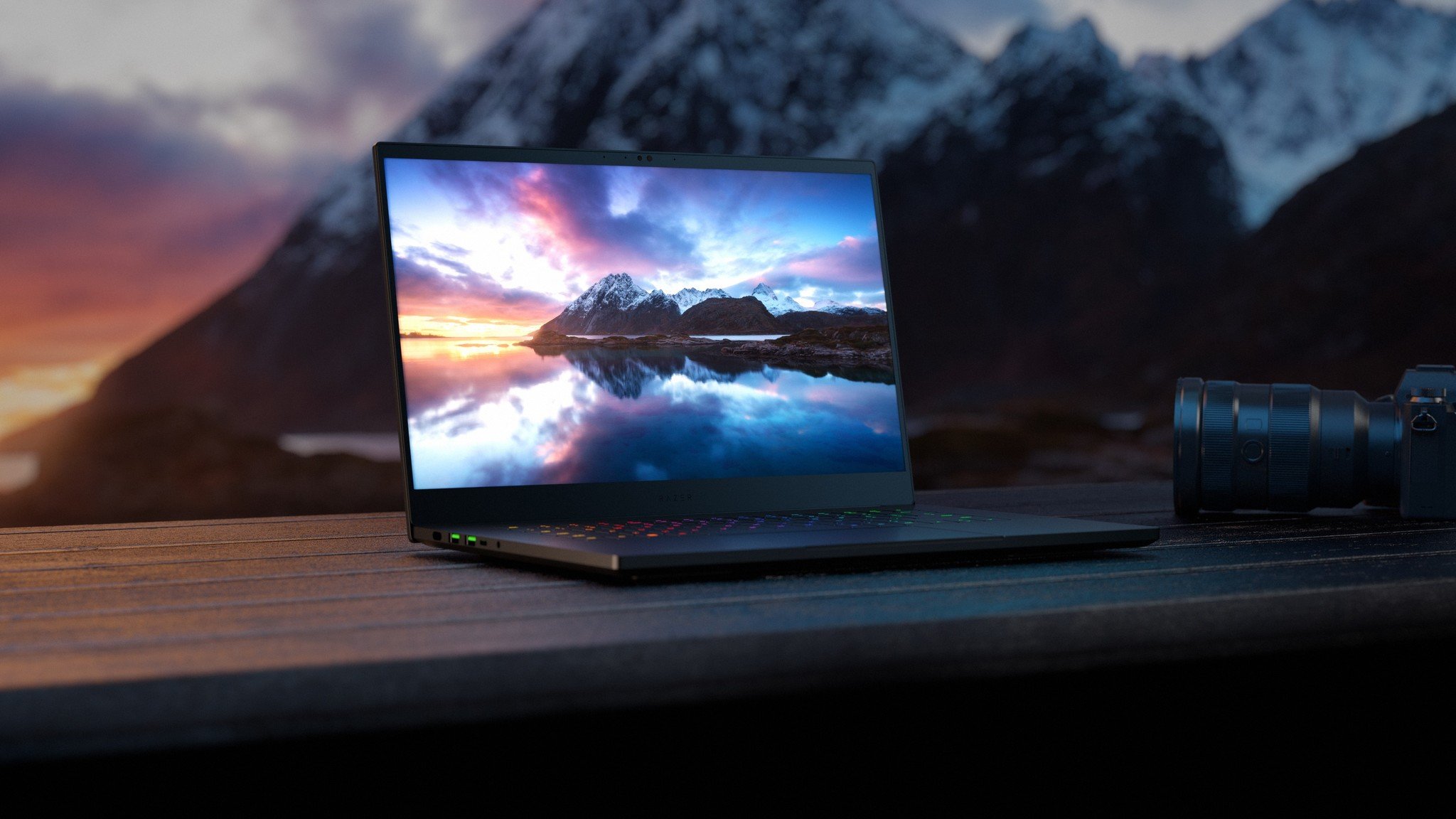Razer announces Blade 15 featuring 240Hz QHD OLED, a 'world's first' in a gaming laptop
Razer threw everything but the kitchen sink inside the new Blade 15.

What you need to know
- Razer just announced the Blade 15 featuring a 240Hz QHD OLED display.
- The gaming laptop runs on an Intel Core i9 CPU paired with an RTX 3070 Ti GPU.
- The Razer Blade 15 will be available in Q4 2022 with a starting price of $3,500.
Razer just announced a powerful new version of the Blade 15 gaming laptop with a QHD OLED display with a refresh rate of 240Hz. Inside, the Razer Blade 15 runs on a 12th Gen Intel Core i9-12900H CPU and an NVIDIA RTX 3070 Ti laptop GPU. Those internals are paired with 32GB of DDR5 RAM and 1TB of SSD storage.
While the internals of the Razer Blade 15 stack up comparably to the best gaming laptops, the standout of the device is its display. Razer calls the screen of the Blade 15 the world's first 240Hz QHD OLED laptop display. That panel covers 100% DCI-P3 and reaches 400 nits of brightness. In addition to its swift 240Hz refresh rate, the Blade 15's screen has a response time of 1ms.
| Category | Razer Blade 15 |
|---|---|
| Display | QHD, OLED, 240Hz refresh rate, 1ms response time, 100% DCI-P3 color, 400 nits |
| Processor | 12th Gen Intel Core i9-12900H |
| Graphics | NVIDIA RTX 3070 Ti |
| Memory | 32GB DDR5 |
| Storage | 1TB SSD |
| Expandable Storage | Yes (M.2 slot) |
| Ports | Thunderbolt 4, USB-C, USB-A, SD, HDMI |
Razer rounds out the Blade 15 with 32GB of DDR5 RAM, a 1TB SSD, and an additional M.2 slot for storage. The laptop has Thunderbolt 4, USB-C, and USB-A ports, as well as full-sized SD and HDMI ports.
The new Razer Blade 15 will launch in Q4 2022 with a starting price of $3,500.
All the latest news, reviews, and guides for Windows and Xbox diehards.

Sean Endicott is a tech journalist at Windows Central, specializing in Windows, Microsoft software, AI, and PCs. He's covered major launches, from Windows 10 and 11 to the rise of AI tools like ChatGPT. Sean's journey began with the Lumia 930, leading to strong ties with app developers. Outside writing, he coaches American football, utilizing Microsoft services to manage his team. He studied broadcast journalism at Nottingham Trent University and is active on X @SeanEndicott_ and Threads @sean_endicott_.
